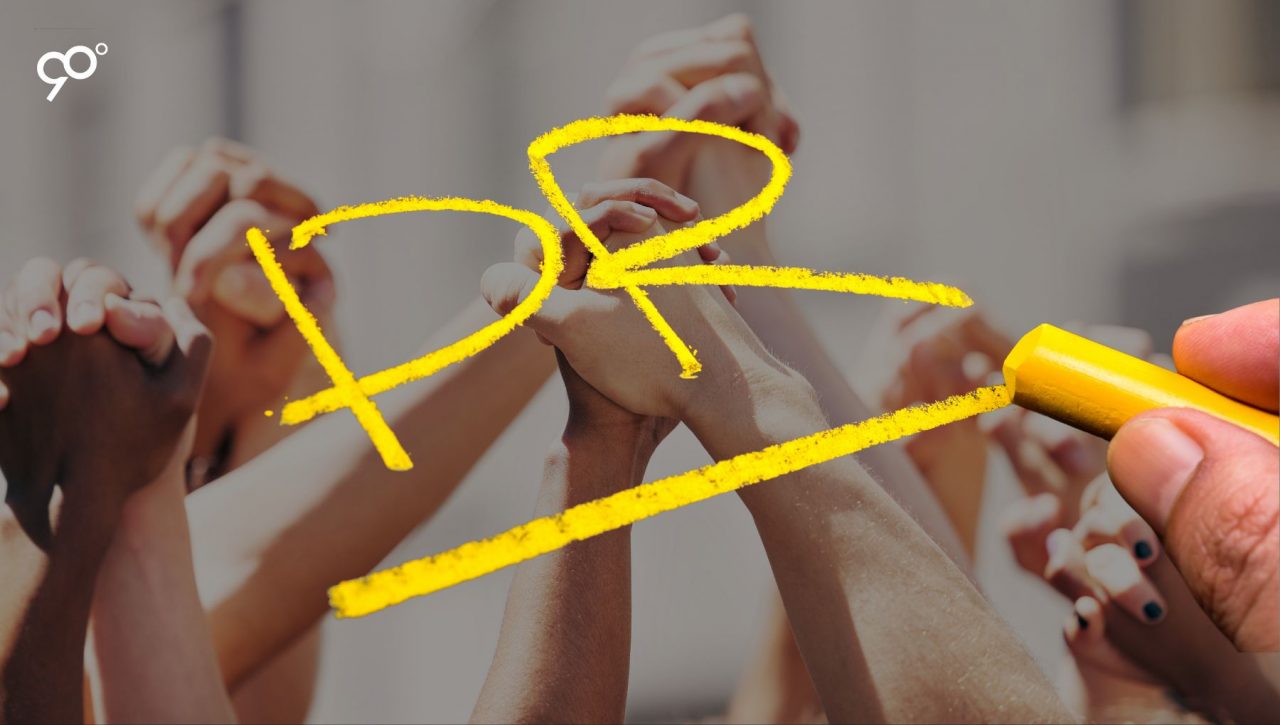
In recent years, social justice movements have gained unprecedented visibility and influence, shaping public discourse and driving real change across the globe. For activists and organizations championing these causes, public relations has become a vital tool—not just for spreading their message, but for building trust, mobilizing communities, and sustaining momentum in an often complex and rapidly changing landscape.
PR for Social Justice Movements
Public relations for social justice movements is fundamentally different from traditional corporate PR. While brands typically aim to promote products or services, social justice PR is about amplifying voices, raising awareness, and inspiring collective action. It requires authenticity, transparency, and a deep commitment to the cause—qualities that resonate strongly with audiences demanding real accountability and change.
One of the biggest challenges in this space is managing narratives amid intense scrutiny and opposition. Social justice campaigns often confront entrenched power structures and polarizing issues, making them targets for misinformation, backlash, or co-optation. Effective PR strategies must therefore be proactive and adaptable, anticipating potential controversies and preparing clear, consistent messaging that stays true to core values.
Real-time Media Monitoring
Real-time media monitoring is crucial. Social justice movements thrive on momentum, and shifts in public sentiment can happen rapidly on platforms like Twitter, TikTok, and Instagram. Using AI-powered tools to track conversations, detect emerging trends, and identify influential voices enables organizers to engage meaningfully and shape the dialogue rather than simply reacting to it.
Storytelling remains at the heart of social justice PR. Personal narratives, community testimonials, and compelling visuals can humanize issues that might otherwise feel abstract or distant. These stories create emotional connections, fostering empathy and motivating people to act—whether by signing petitions, attending rallies, or advocating for policy change.
Collaborations and alliances are another vital element. Partnering with journalists, influencers, nonprofits, and even sympathetic corporations can amplify reach and resources. However, such partnerships must be entered with care to avoid diluting the movement’s message or compromising its integrity. Maintaining control over the narrative ensures the movement’s goals remain front and center.
Transparency and accountability are non-negotiable. Social justice audiences expect movements to model the values they promote. This means openly addressing internal challenges, mistakes, or disagreements within the movement, and communicating honestly about progress and setbacks. This kind of openness builds credibility and deepens trust with supporters.
Crisis Communication
Crisis communication strategies must also be tailored to the social justice context. When movements face attacks, misinformation campaigns, or internal conflicts, swift and empathetic responses are necessary. These responses should reaffirm the movement’s mission, correct inaccuracies, and invite dialogue rather than silence dissent.
Public relations for social justice is not just about winning media coverage—it’s about cultivating a community united by shared purpose and sustained by meaningful engagement. It requires balancing passion with strategy, urgency with patience, and activism with effective communication.
In a world grappling with systemic inequalities and urgent calls for change, social justice PR serves as both a megaphone and a bridge—amplifying marginalized voices while connecting diverse audiences. When done well, it empowers movements to not only make noise but also inspire lasting transformation.
Follow Ninety Degrees PR Solutions on LinkedIn for more public relations and communication related articles.

